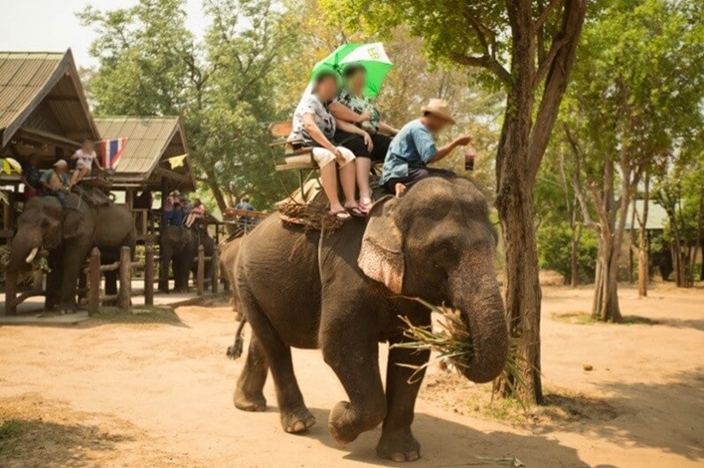
Main articles: African Bush Elephant and African Forest Elephant File:Baby elephants3.jpgįemale African Elephant with calf, in Kenya. There are unconfirmed rumours of three other hybrid elephants born in zoos or circuses all are said to have been deformed and did not survive. It is preserved as a mounted specimen at the British Natural History Museum, London. The calf died of infection 12 days later. The body was African in type, but had an Asian-type centre hump and an African-type rear hump. The forehead was sloping with one dome and two smaller domes behind it. The wrinkled trunk was like an African elephant. " Motty", the resulting hybrid male calf, had an African elephant's cheek, ears (large with pointed lobes) and legs (longer and slimmer), but the toenail numbers, (5 front, 4 hind) and the single trunk finger of an Asian elephant. The pair had mated several times, but pregnancy was believed to be impossible. Many captive African elephants are probably generic African elephants as the recognition of separate species has occurred relatively recently.Īlthough hybrids between different animal genera are usually impossible, in 1978 at Chester Zoo, an Asian elephant cow gave birth to a hybrid calf sired by an African elephant bull (the old terms are used here as this pre-dates current classifications). The Forest elephant and the Savannah elephant can hybridise successfully, though their preference for different terrains reduces the opportunities to hybridise. There is also a potential danger in that if the forest elephant is not explicitly listed as an endangered species, poachers and smugglers might thus be able to evade the law forbidding trade in endangered animals and their body parts.

This reclassification has important implications for conservation, because it means where there were thought to be two small populations of a single endangered species, there may in fact be two separate species, each of which is even more severely endangered. There are two populations of African elephants, Savannah and Forest, and recent genetic studies have led to a reclassification of these as separate species, the forest population now being called Loxodonta cyclotis, and the Savannah (or Bush) population termed Loxodonta africana.

African elephants have a dipped back, smooth forehead and two "fingers" at the tip of their trunks, as compared with the Asian species which have an arched back, two humps on the forehead and have only one "finger" at the tip of their trunks. Male and female African elephants have long tusks, while male and female Asian Elephants have shorter tusks, with tusks in females being almost non-existent. African elephants tend to be larger than the Asian species (up to 4 m high and 7500 kg) and have bigger ears. It has long been known that the African and Asian elephants are separate species. Zoology File:Comparative view of the human and elephant frame, Benjamin Waterhouse Hawkins, 1860.jpgĬomparative view of the human and elephant frames, c1860. 1.9 Reproduction, calves, and calf rearing.The elephant is now a protected species worldwide, placing restrictions on capture, domestic use, and trade in products such as ivory. Between 19, the African elephant population plunged from 1.3 million to about 600,000 in 1989 the current population is estimated to be between 400,000 and 660,000. The smallest elephants, about the size of a calf or a large pig, were a prehistoric variant that lived on the island of Crete until 5000 BC, possibly 3000 BC.Įlephants are increasingly threatened by human intrusion. It was male and weighed about 12,000 kg (26,400 lb), with a shoulder height of 4.2m, a metre taller than the average male African elephant. The largest elephant ever recorded was shot in Angola in 1956. An elephant may live as long as 70 years, sometimes longer. At birth it is common for an elephant calf to weigh 120 kg (265 lb). The elephant's gestation period is 22 months, the longest of any land animal. Other species have become extinct since the last ice age, which ended about 10,000 years ago.Įlephants are mammals, and the largest land animals alive today. Elephantidae has three living species: the African Bush Elephant, the African Forest Elephant (until recently known collectively as the African Elephant), and the Asian Elephant (also known as the Indian Elephant). African Bush (Savannah) Elephant in Kenya.Įlephantidae (the elephants) is a family of pachyderm, and the only remaining family in the order Proboscidea in the class Mammalia.


 0 kommentar(er)
0 kommentar(er)
